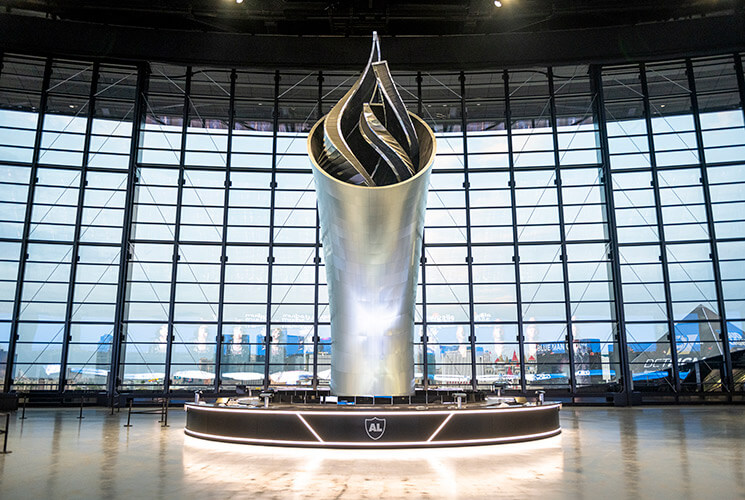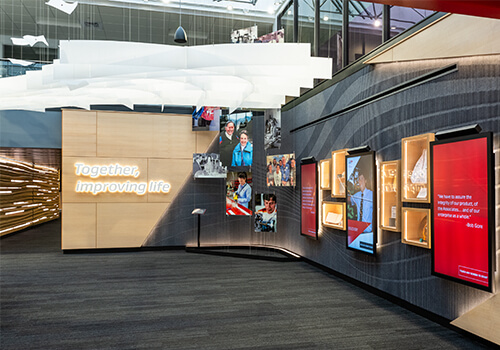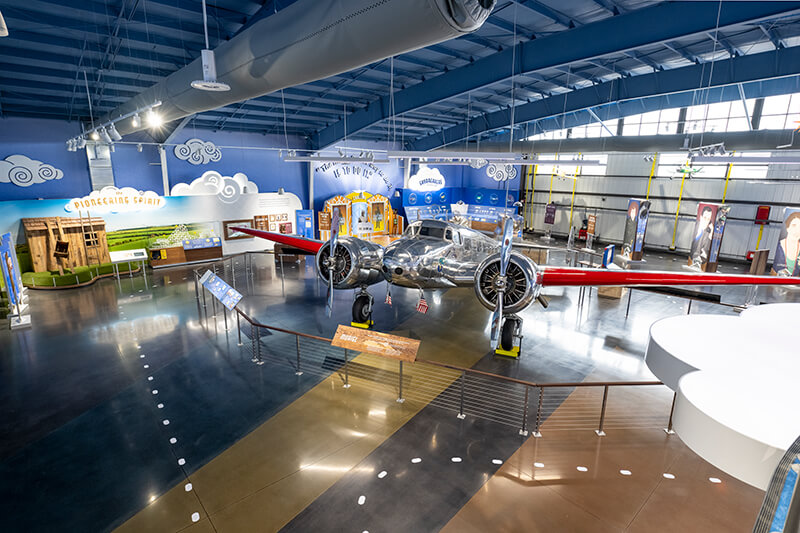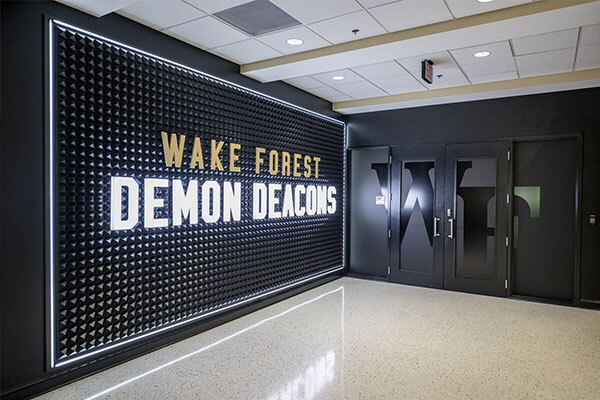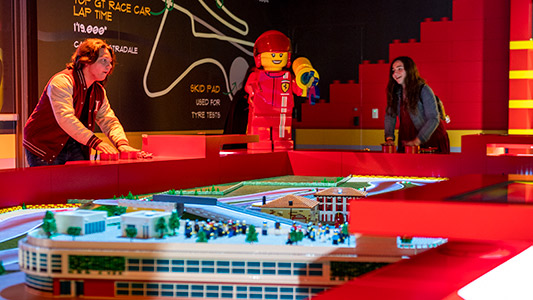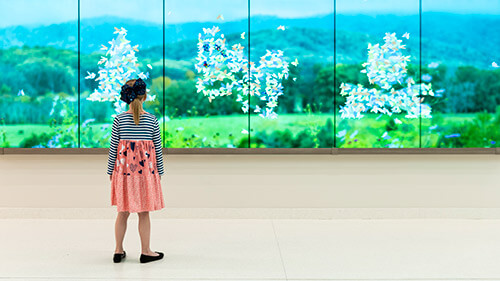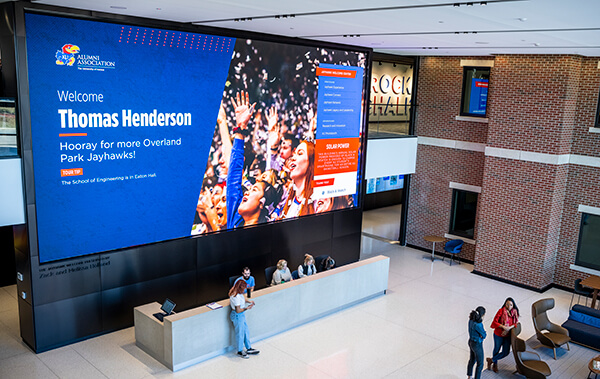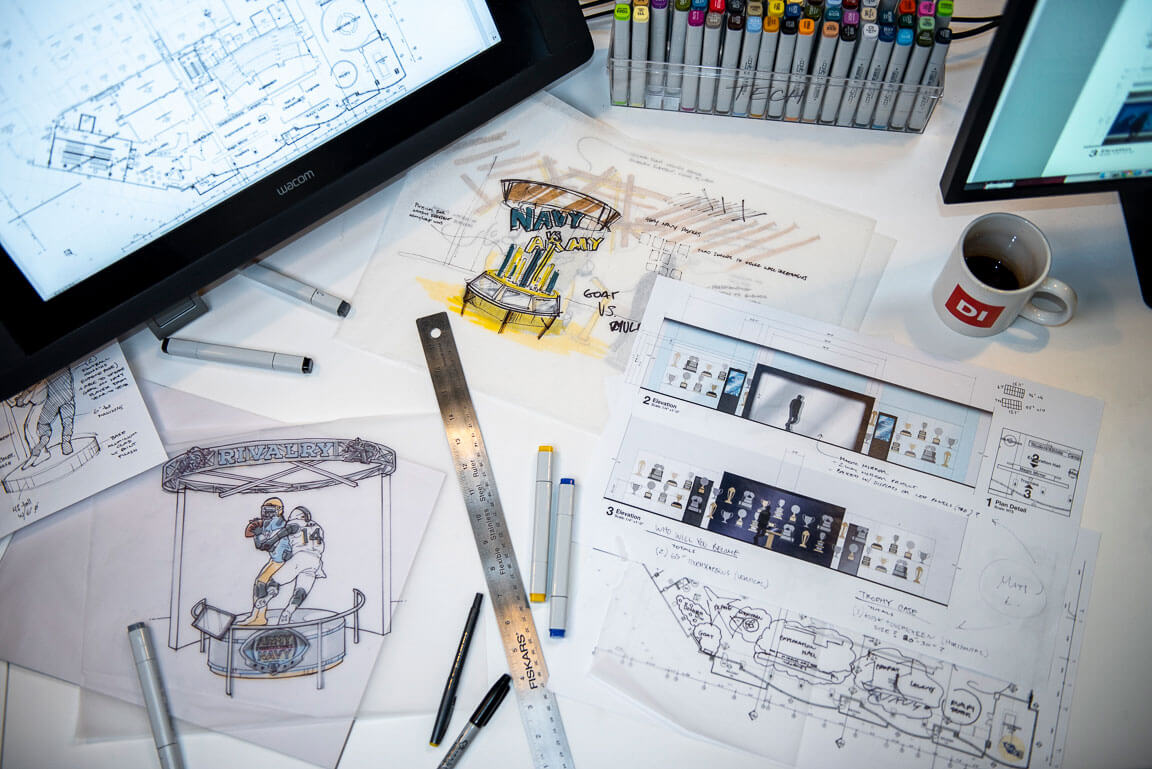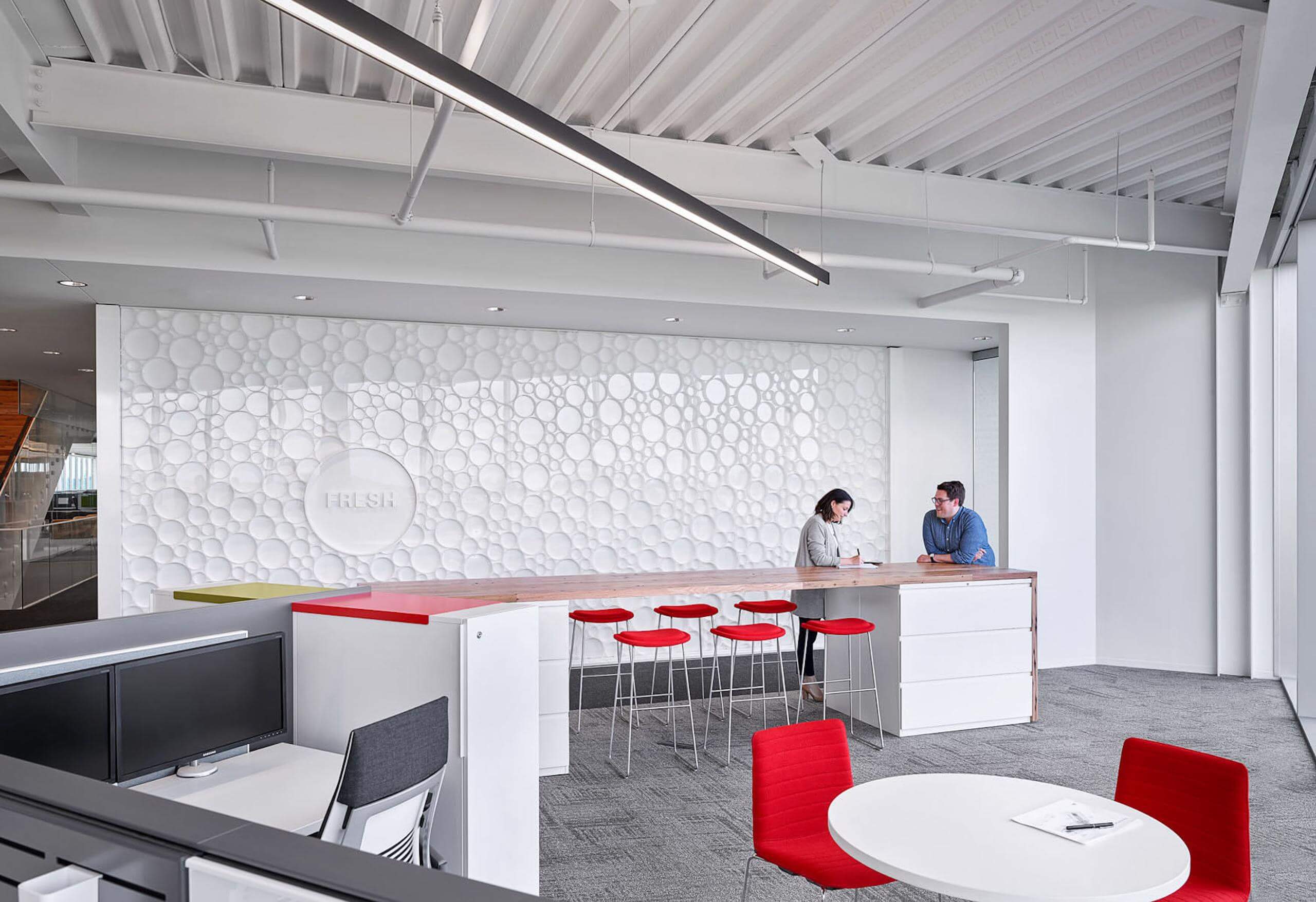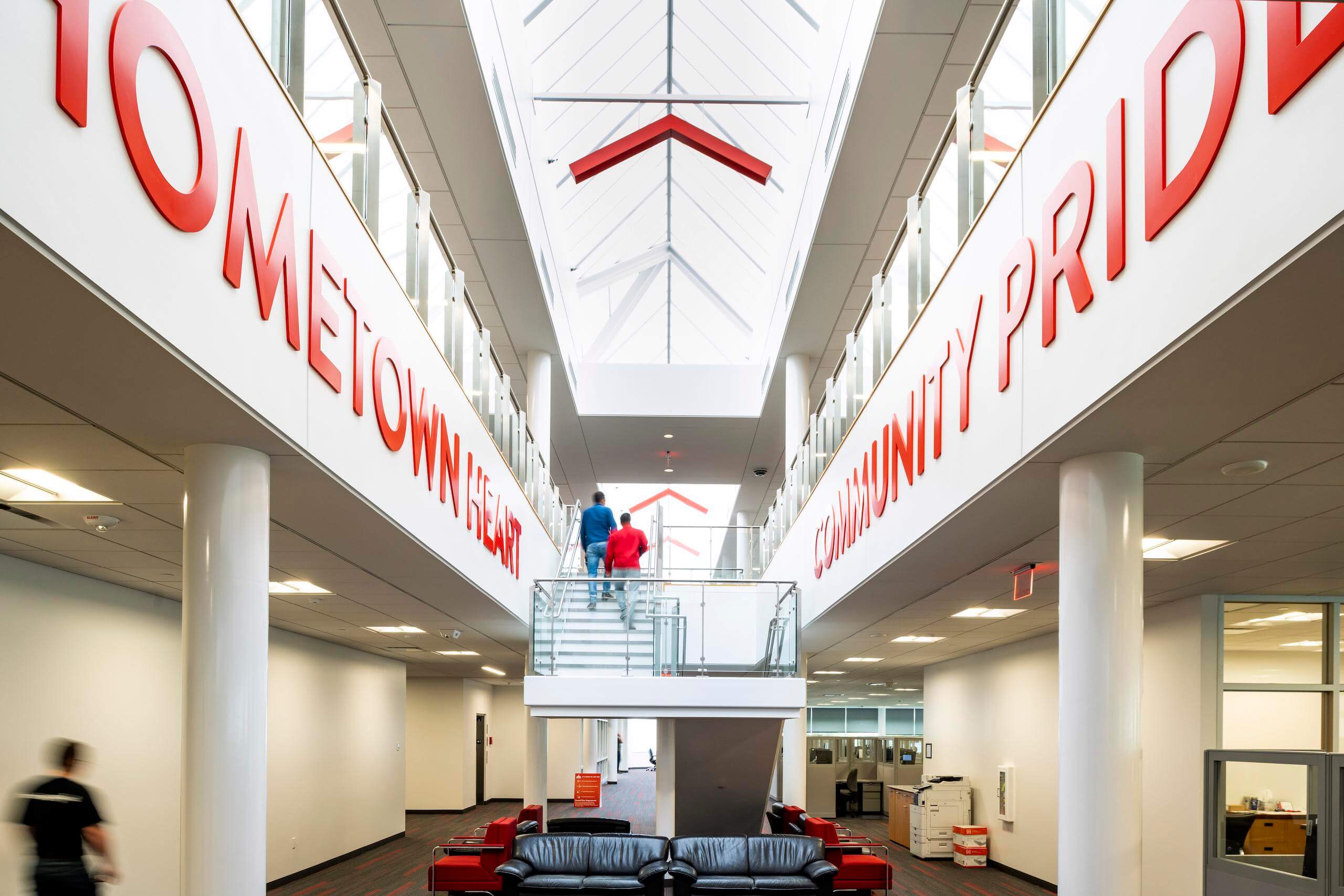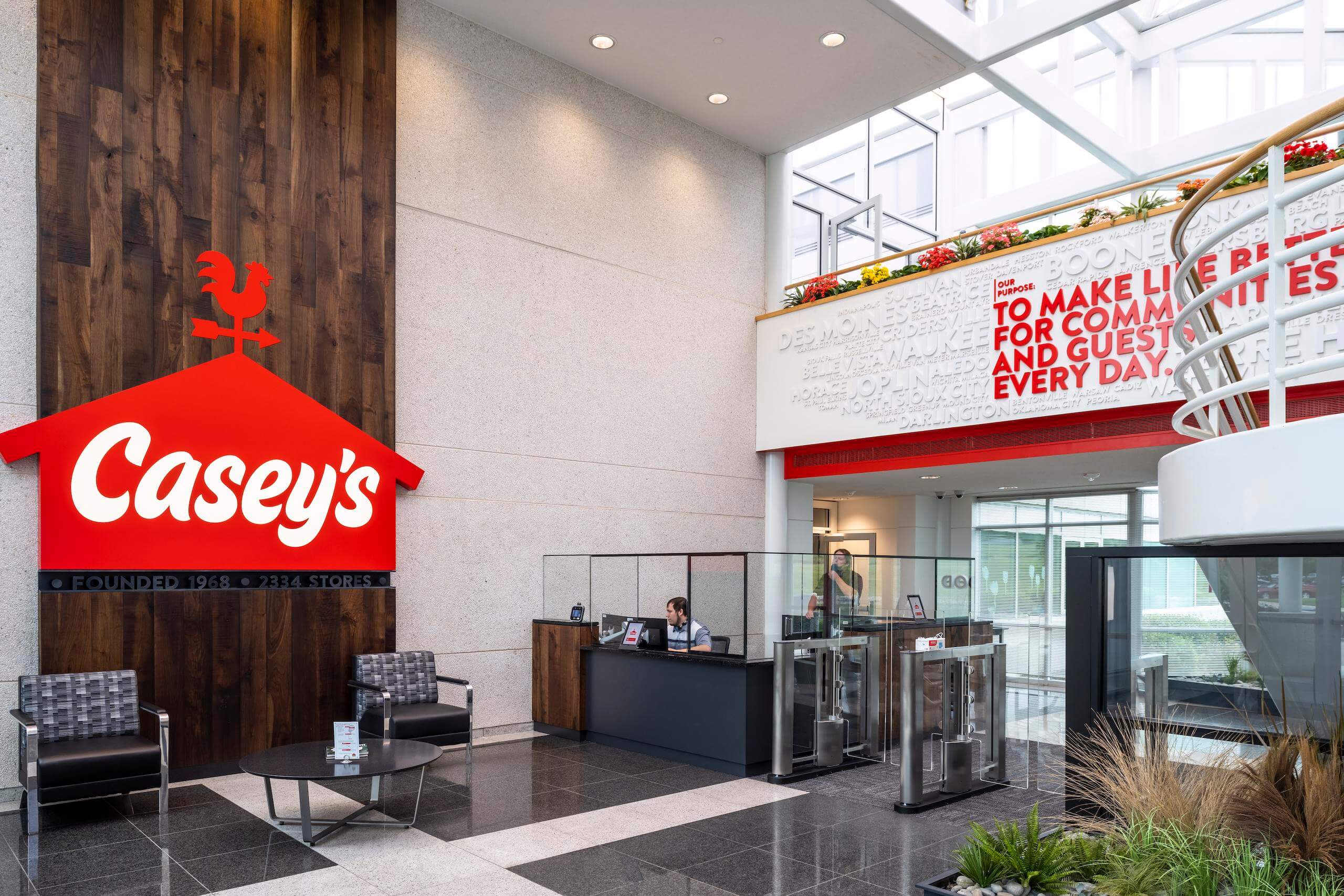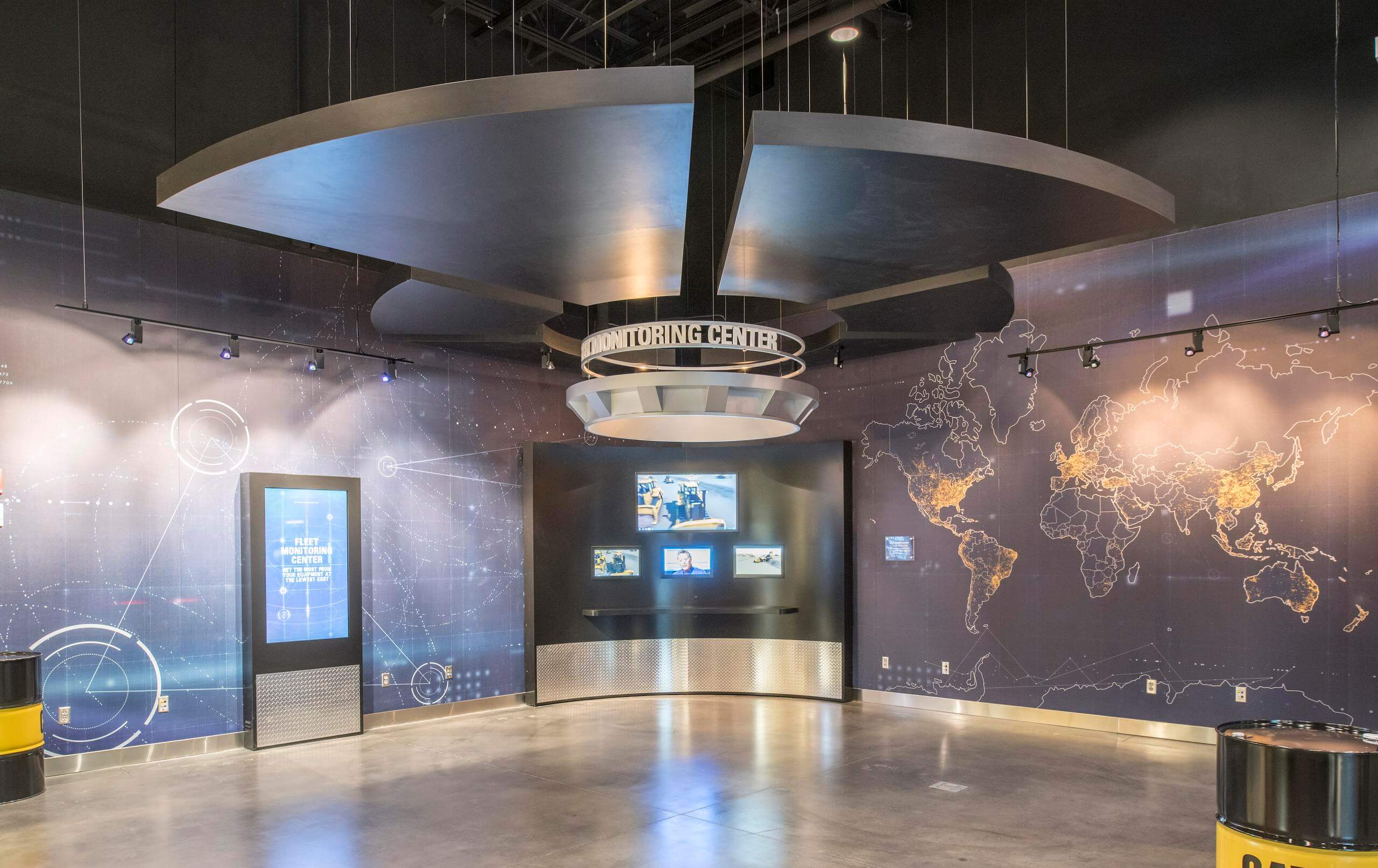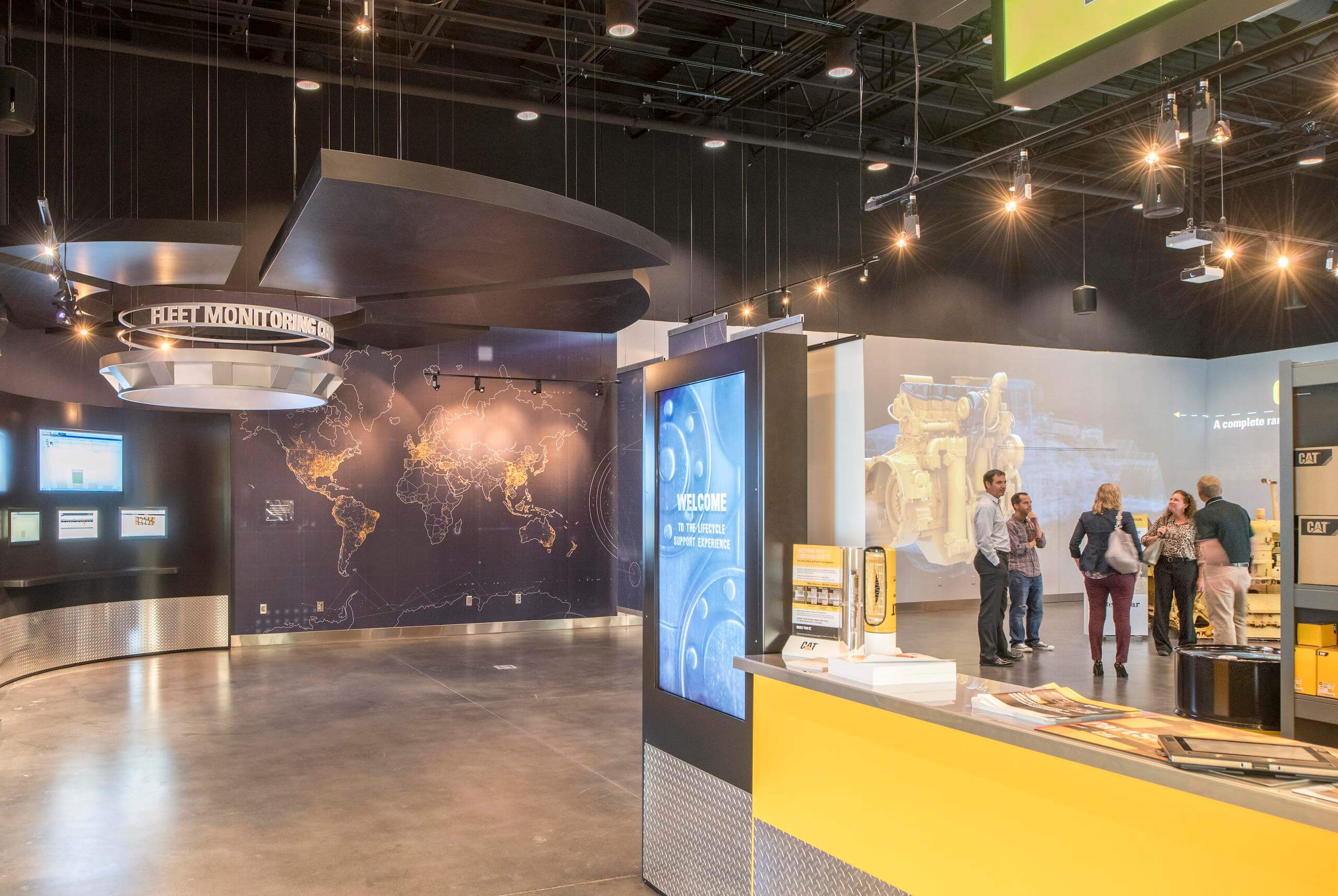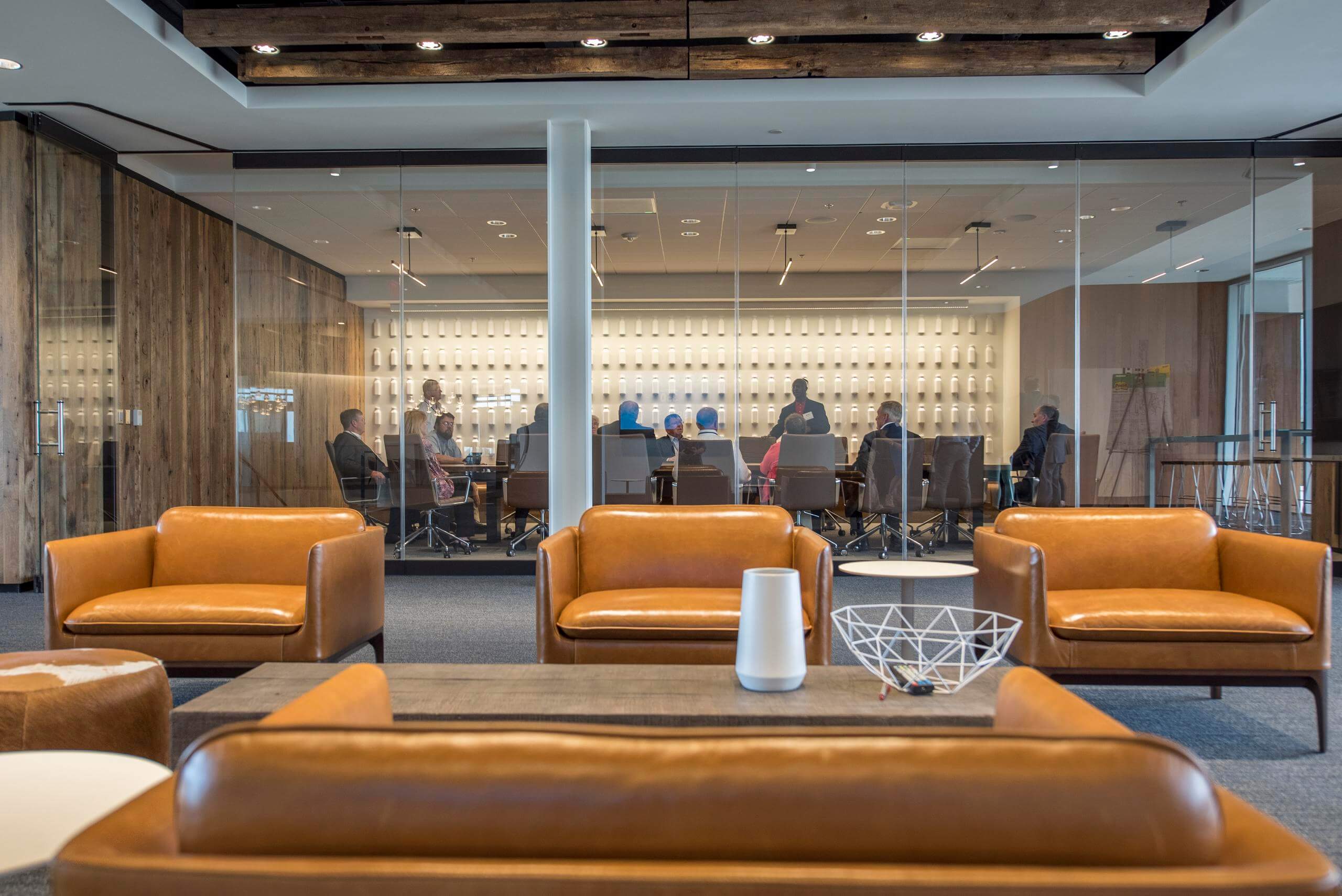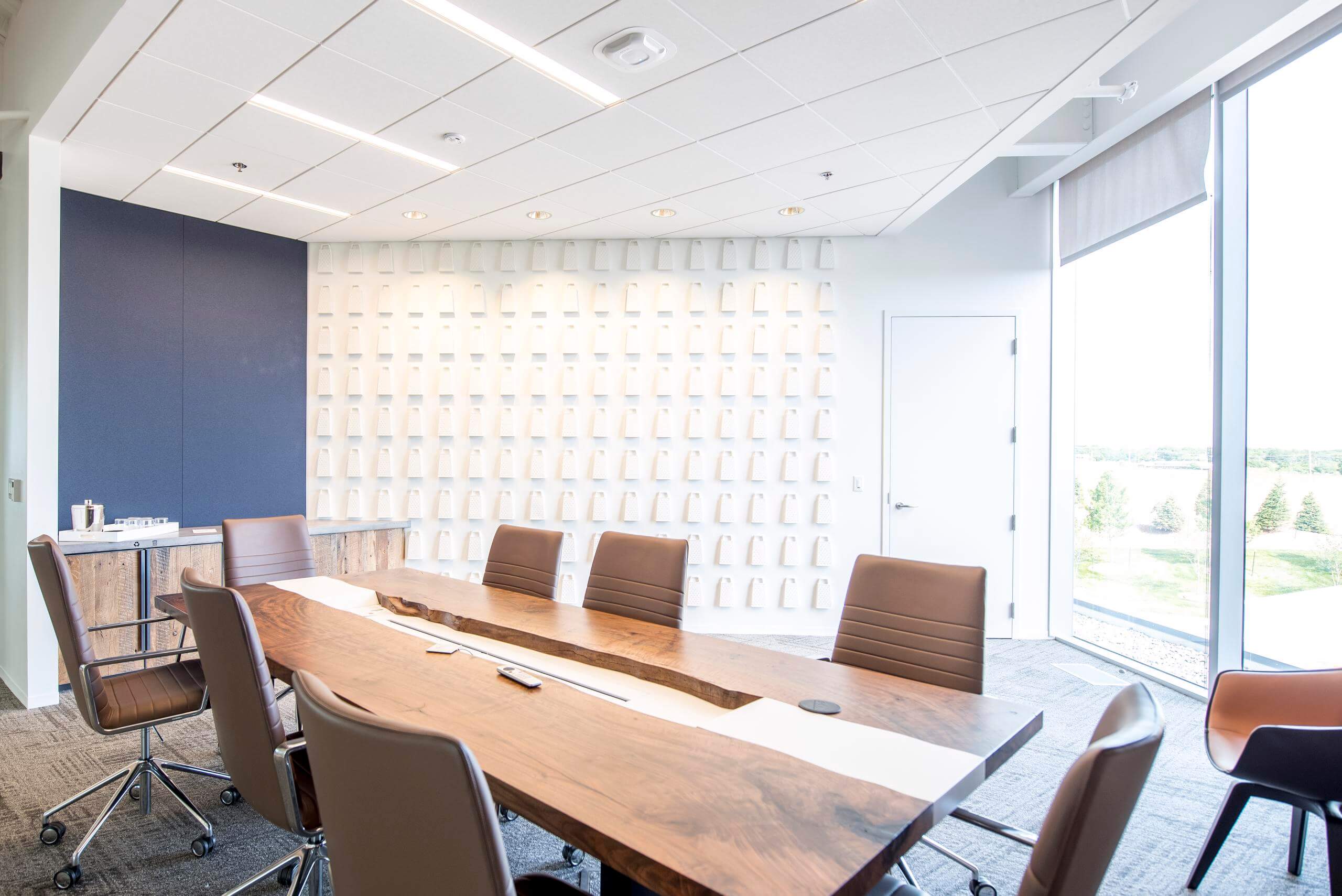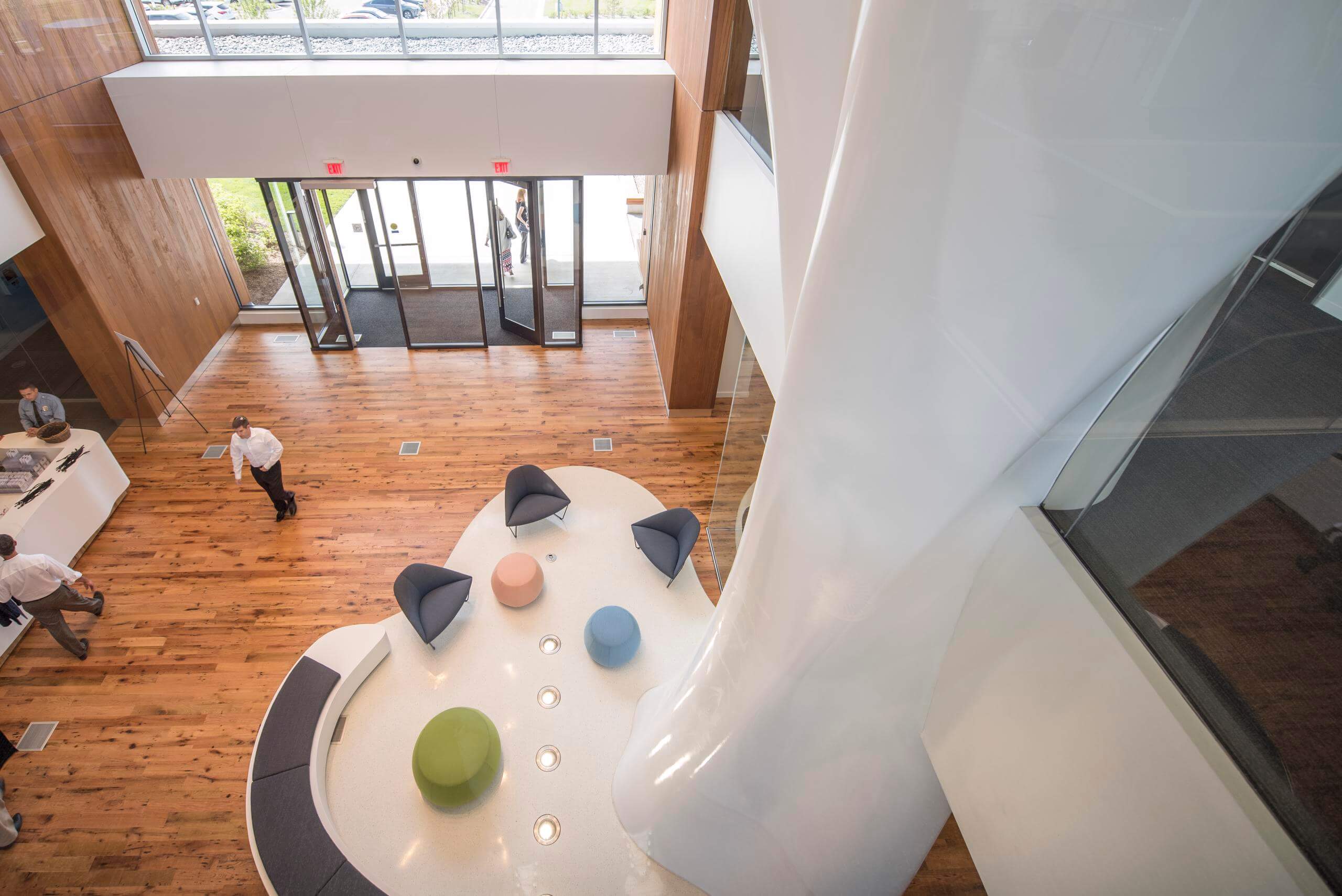As many companies transition to a hybrid work environment, there is a growing need to redesign workplaces with a focus on employee experience. Principles and learnings from customer experience design can be applied to the employee experience to craft shared workspaces that build and strengthen company culture and drive recruitment and retention in a challenging labor market.
Brand Purpose
LinkedIn’s CEO, Ryan Roslansky, describes the current labor market as the “Great Reshuffle”: “Leaders are rethinking their working models, cultures and company values, while at the same time, employees are rethinking not only how and where they work, but why. At the core of it all is the start of a new, more dynamic relationship between employers and employees.”
There has been a substantial shift in consumer preference over the last decade for brands perceived to operate with a higher purpose than products and profits. The same is true for employee expectations - the “why” in Mr. Roslansky’s quote. Showcasing a company’s history, impact, and vision through workplace branding and storytelling can help connect current and future employees to the brand’s mission, allowing them to see themselves as important participants in future growth.
Weaving elements of individual and team achievements throughout the office design helps ensure employees feel seen and appreciated and encourages them to take pride in their work. This can be achieved through something as simple as an updated meeting space to the addition of a large-scale office design activation. Big or small, these corporate design elements work to immerse employees (and visitors) into the brand’s story and purpose.
Casey’s headquarters, located in Ankeny, Iowa, is a prime example of the pride and unity of an immersive brand design experience. After an updated brand and logo (created by Interbrand), DI was tasked with bringing Casey’s new story to life. They are showcasing the community aesthetic at the heart of Casey’s mission. The names of the communities they serve are uniquely displayed using photo and textured wall installations. Plus, the HQ features 280 employee spotlights throughout, ensuring employees know just how central they are to the very foundation of Casey’s community.
Personalization
Advances in technology, data, and AI have allowed brands to deliver highly personalized experiences to consumers based on historical interactions, personal profiles, and channel/environmental context. As AdAge describes it, “personalization is now table stakes”, with 60% of consumers saying they are likely to become repeat buyers after a personalized experience. Every employee is also a consumer, and their expectations for workplace experience will likely follow the same evolution.
While many online employee experiences have been personalized to some degree, the workplace is most often still a one-to-many experience. Innovations in IoT, building management systems, AV, mobile applications, and CMS-driven digital installations can help bridge the employee personalization gap. Simple RFID or mobile app data can be leveraged to customize an employee’s digital experience from the office lobby to their workspace, whether that space is a hot desk, conference room, or rooftop.
Just as with customer experience, all personalization efforts must be built on transparency and trust, given the underlying data tracking required. When done right, personalization in a hybrid work environment offers an opportunity to surprise and delight employees with content and experiences that better support their role when they choose to be on site.
Omni-channel
“Offering a compelling omnichannel experience used to be the bleeding edge of retail. Now it’s a requirement for survival. More than one-third of Americans have made omnichannel features such as buying online for in-store pickup part of their regular shopping routine since the pandemic. Nearly two-thirds of those individuals plan to continue this trend. Younger buyers are the most enthusiastic about new ways of shopping. Most Gen Z consumers don’t even think in terms of traditional channel boundaries, our research shows, and they increasingly evaluate brands and retailers on the seamlessness of their experience.” -McKinsey Consulting study, April 2021
Similar to the retail customer experience, work now happens everywhere and continuously. All workplace (re)design efforts must address the importance of hybrid work going forward and its impact on the employee experience, whether remote or in person. It’s a big challenge, as Microsoft’s Satya Nadella described in his “Hybrid Work Paradox: Every organization’s approach will need to be different to meet the unique needs of their people. According to our research, the vast majority of employees say they want more flexible remote work options, but at the same time also say they want more in-person collaboration, post-pandemic.”
Corporate workplaces of the future should allow a fluid transition between an employee’s desire to work remotely and from the office and facilitate seamless switching based on the needs of the employee. The days of open-plan offices were already numbered pre-pandemic. We have a fresh opportunity to rethink key functional areas: collaboration spaces, heads-down focus rooms, and community areas. Each will be key to providing a flexible employee experience that supports modern work needs, mental health, and culture building.
Dimensional Innovations has been working with clients, architects, and other partners to define the future of workplace design for over twenty-eight years. From the Hy-Vee Technology Center to Wilson Sporting Goods HQ, H&R Block, and Dairy Farmers of America, we understand the impact of great employee experience design. Innovative workspaces (both physical and digital) empower employees to do incredible work. View more of our work in the corporate workspace or get in touch with our experts.



